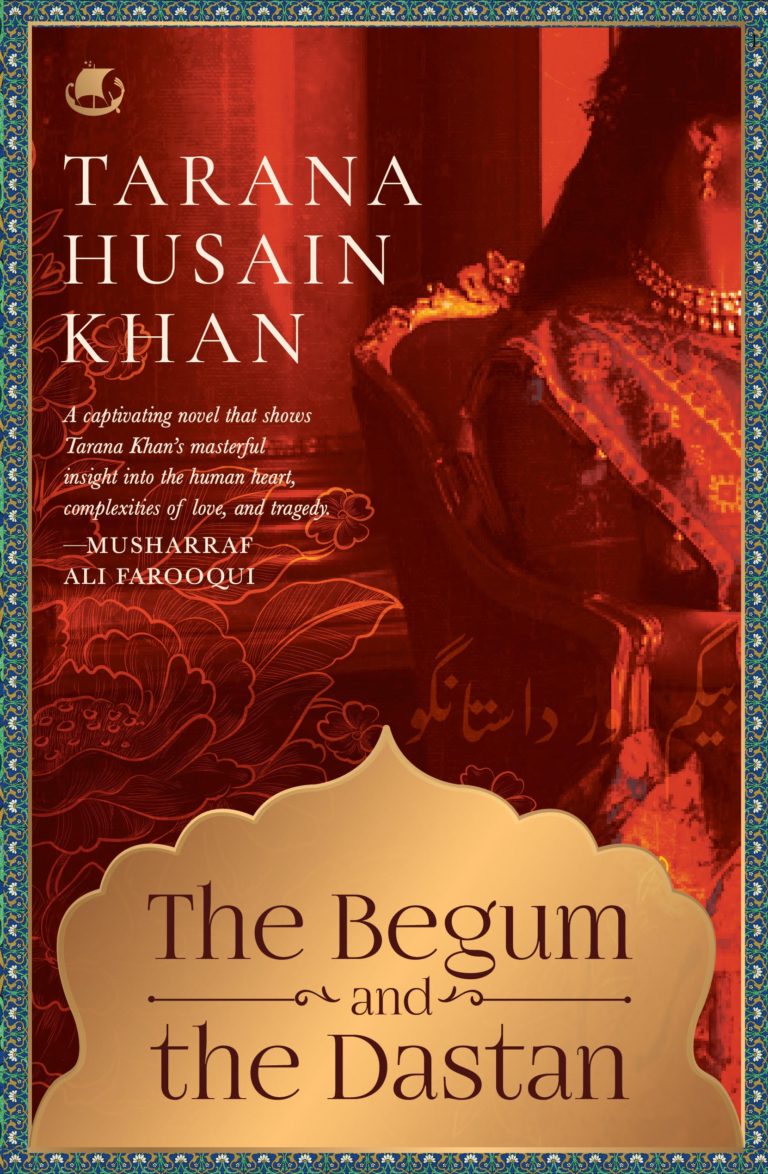ART OF THE DASTANGO
‘The best conduct (for the storyteller) is to expend in God’s path whatsoever he acquires and to behave with humanity towards everyone…. Perhaps this way he will win the heart of some afflicted person, and ease a frustrated mind-so that it may be the cause of expiation in this world for the telling of his lies, and of an honorable acquittal (surkh-rui) in the next.’
Tiraz Al Akhbar-A Handbook for story tellers
Fakhr Al Zaman-1631.
The ‘Handbook of Storytellers’ writes about the essential moral code of conduct for the dastaango. He should be humane and he should empathize with people, ease their hearts in the hope that his sins would be forgiven for his career is a career of telling lies after all. The dastangos were liars, dissemblers, actors and poets. They were highly paid and valued by the kings. The salary of a dastango like Mir Ameer who was a master storyteller from Lucknow was sixty rupees per month at the time of Kalbe Ali Kahn of Rampur (1865-87). That of his disciples Amba Prasad and Mir Asghar Ali was fifty rupees each besides other emoluments they got for writing the dastans. It was a high salary at that time comparable to singers and poets at the court. The highest salary of a singing maestro and a lady dancer was recorded at a 100 rupees. Ghalib was paid 100 rupees around the same time.
Prof M. Pasha Khan at Mc Gill University writes that Nawab Kalbe Ali Khan of Rampur would listen to Amba Prasad’s dastan before he went to sleep, often making a noise if he rose to go. I can picture the corpulent Pathan king lying on his ornate bed with the swarthy Amba Prasad whispering the tale lulling him to sleep, waiting for the first snore, to creep out. So enamored was the Nawab of the story that he won’t grant him leave to go to his hometown. Once he was granted leave for urgent work in the middle of the story and his disciple took his place. The point in the story was crucial, the hero was going to step into a house or step down from the horse for his wedding, the accounts differ. The disciple suspended the action at that point till Amba Prasad returned after many months, with great skill. This is the art of the dastango – ‘dastan ko tool dena’ or to elongate the story yet engage the listener. Maybe people had more patience in those times to sit and listen to an endless story, of story within a story-qissa dar qissa. The skill of the dastango was to branch off from the main narrative to a subplot and then get back to the main plot at that point in time. The story itself was simple but embroidered by descriptions and poetry – it would take the listener in another world-the world of tilism.
A number of dastangos who developed the art in Lucknow and later came to Rampur were inspired by the art of narrating the marsiyas-Urdu poems based on the tragic events of the death of the Prophet Mohammad’s grandson, Hazrat Imam Husain and his family at karbala. The marsiya khwans and nasr khwans of Lucknow narrated tales of the martyrs dramatically often moving their audience to tears. The dastangos of Lucknow who came to Rampur undertook the Herculean task of penning the timeless dastans preserved in the Raza Library.
Hanaway describes a contest between two dastangos in his book ‘Love and War’. There is appoint in the story where the lovers, poised on two sides of a curtain are about to be united. The dastango described the intense feelings of the lovers, embellishing emotions with poems and every day the audience would return to hear the tale hoping the lovers would be united. It took a week of suspense before the curtain was lifted. The dastango who could hold the story there for the longest time without losing the audience, won the contest.
The toolbox of the dastango consisted of a vast repertoire of poetry that he could insert to enhance the imaginative appeal of the episode. He was a walking encyclopedia on types of costumes, jewelry, medicines, herbs, animals, weapons of war, strategies and enumerated them in great detail during a scene. If there was a war scene, he would talk about the weapons, the types of saddles and horses and the strategic formations till the picture, the tasveer, would be in front of the listeners. It was believed that the listeners improved their knowledge listening to dastans, became mature, came to know about the world and the kings could think of imaginative ways to win a battle and rule.
The basic storyline of a prince venturing out for a hunt and seeing the princess, falling in love with her, going to war against the evil Sorcerer, is embellished with descriptions of the beauty of the princess, wars, fantastic beasts, magic and the trickery of Ayyar, the character who has the ability to take any form, to cover himself with a shroud and disappear much like Harry Potter. And much like Harry Potter fans the listeners and readers were enthralled volume after volume, session after session invited to disappear into the world of tilism magic.
—————————————————————————————————————-



